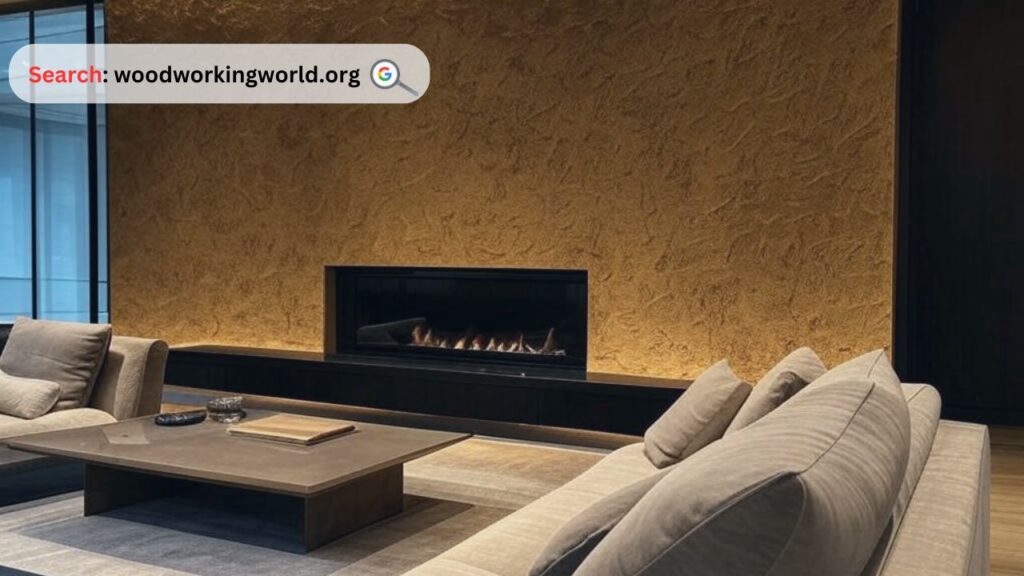Board & Batten Accent Wall for Instant Charm! Add texture, depth & timeless style to any room with this classic design. Get inspired—read now!
A board and batten accent wall is one of the most effective ways to add instant charm, depth, and character to any space. Whether you want to enhance a modern farmhouse aesthetic or introduce a timeless, textured element to your room, this DIY-friendly wall treatment is a perfect choice. With minimal effort and cost, you can transform a bland wall into a stunning focal point.
This comprehensive guide will walk you through the step-by-step process of creating a board and batten accent wall, compare different styles and materials, and answer frequently asked questions to ensure a successful project.

Step-by-Step Guide to Creating a Board & Batten Accent Wall
Step 1: Gather Materials and Tools
Before starting, ensure you have the right tools and materials:
- Materials: MDF or wood boards, battens (narrow wooden strips), primer, paint, wood filler, caulk, sandpaper
- Tools: Tape measure, level, saw, nail gun, stud finder, paintbrush or roller
Step 2: Plan Your Design
- Decide on the height and width of your board and batten wall.
- Choose whether to install battens up to the ceiling or a designated height.
- Measure and mark your wall to ensure even spacing of battens.
👉 Build 16,000+ Projects with Step-by-Step Plans—No Big Workshop or Costly Tools Needed! Start Now!
Step 3: Prepare the Wall
- Clean and smooth the wall surface.
- Remove any existing wall décor or nails.
- If needed, apply a fresh coat of primer or base paint before installing the battens.
Step 4: Install the Top and Bottom Boards
- Use a level to install the top and bottom horizontal boards.
- Secure them with a nail gun or construction adhesive.
Step 5: Attach the Vertical Battens
- Space the battens evenly, typically 12-16 inches apart.
- Nail them securely to the wall, ensuring they are level.
- For added security, attach the battens to wall studs when possible.
Step 6: Fill Gaps and Sand
- Use wood filler to cover nail holes and gaps.
- Sand the filled areas smooth for a professional finish.
Step 7: Caulk for a Seamless Look
- Apply caulk along the edges where the battens meet the wall.
- Smooth it out with a damp finger or a caulking tool.
Step 8: Paint and Finish
- Choose a high-quality paint in a color that complements your room.
- Apply at least two coats for a smooth, polished look.
- Allow the paint to dry completely before adding any décor.
Expert tips on Woodworking 🌿📦 Watch now!

Comparison Table: Different Styles of Board & Batten Walls
| Feature | Traditional Board & Batten | Modern Board & Batten | Half-Wall Board & Batten |
|---|---|---|---|
| Height | Full wall | Full or partial | Half-wall |
| Board Type | Wide panels with narrow battens | Sleek, uniform battens | Shorter battens with top trim |
| Best For | Classic farmhouse, cottage style | Contemporary and minimalistic spaces | Elegant, wainscoting-style rooms |
| Installation Complexity | Moderate | Easy to moderate | Easy |
| Popular Colors | White, beige, soft pastels | Dark hues, bold colors | Soft grays, navy blue, neutral tones |
Benefits of a Board & Batten Accent Wall
✔ Adds Architectural Interest – Instantly enhances the aesthetic of any room.
✔ Budget-Friendly – Affordable DIY project compared to other wall treatments.
✔ Customizable – Works with different design styles, from rustic to modern.
✔ Increases Home Value – Adds character that appeals to potential buyers.
✔ Easy to Maintain – Simple touch-ups keep it looking fresh and clean.
Quote to Inspire Your Project
“Design is not just what it looks like and feels like. Design is how it works.” – Steve Jobs
Frequently Asked Questions (FAQs)
1. How much does a board and batten accent wall cost?
The cost depends on the size of your wall and materials used. On average, a DIY project costs between $100-$300, whereas professional installation may range from $500-$1,500.
2. Do I need to remove baseboards before installing board and batten?
No, you can install the bottom board above the existing baseboards or remove them for a seamless look.
3. What type of wood should I use for battens?
Common choices include MDF, pine, and poplar. MDF is cost-effective, while pine and poplar offer a more natural wood finish.
4. Can I install board and batten over textured walls?
Yes, but you may need to smooth the surface with a skim coat or use full board panels to achieve a clean look.
5. What is the best paint finish for board and batten?
A semi-gloss or satin finish is ideal as it is durable and easy to clean.
6. Can I use board and batten in a bathroom?
Yes, but ensure you use moisture-resistant materials and apply a protective sealant.
7. How long does it take to install?
A standard-sized wall can typically be completed in one weekend (approximately 8-12 hours of work).

Final Thoughts
Adding a board and batten accent wall is an excellent way to enhance your home’s interior without a major renovation. Whether you prefer a traditional or modern look, this versatile wall treatment can transform any space with minimal investment. Follow this guide to create a stunning focal point in your home and enjoy the timeless beauty of board and batten.
Are you ready to get started? Gather your materials and bring your vision to life!
👉 Click To Order Teds Woodworking With A 60-Money-back Guarantee From – Official Website